Geothermal heat pumps: The solution for residential developments
Geothermal offers increased comfort and sustainability for environmentally conscious homeowners.
Whisper Valley, a master-planned community in Austin, Texas, harnesses renewable geothermal and solar energy combined with smart home and efficiency innovations to create a sustainable community to protect the climate and preserve natural resources.
By Tim Wright
What does a looming housing shortage, a significant increase in energy prices and 52% of home buyers ready to heat and cool their homes with electricity have in common? They’re all remedied in the same way: All-geothermal residential developments.
Whisper Valley, a master-planned community in Austin, Texas; Serenbe, an intentional community outside of Atlanta, Georgia; Trillith, a community made for storytellers, in Fayetteville, Georgia; and The Gardens at Arbor Springs, a maintenance-free community geared toward those 55 and older in Newnan, Georgia, have several things in common, and it’s not just that most are located in Georgia. While each community’s concept varies, they share one common theme — the homes in these residential developments use geothermal heat pumps to heat and cool, with many manufactured by Enertech Global.
Using geothermal means more than savings on utility bills, a commitment to lessening environmental impact and improved air quality. By choosing geothermal heat pumps, each of these communities made the investment to bring a higher quality of living to homeowners at scale. And according to the most recent “What Home Buyers Really Want” report from the National Association of Home Builders, homeowners expect this type of investment and will pay more for it in light of economic, environmental and health policies and changes over the last several years. This report states that 60% of buyers prefer to purchase a newly-built home, 78% are concerned about the impact this new home has on the environment and more than half are willing to pay $5,000 more on top of the price of the home if it means saving $1,000 per year in utilities. All these trends indicate a need for all-geothermal communities.
78% [of buyers] are concerned about the impact a new home has on the environment and more than half are willing to pay $5,000 more on top of the price of the home if it means saving $1,000 per year in utilities.
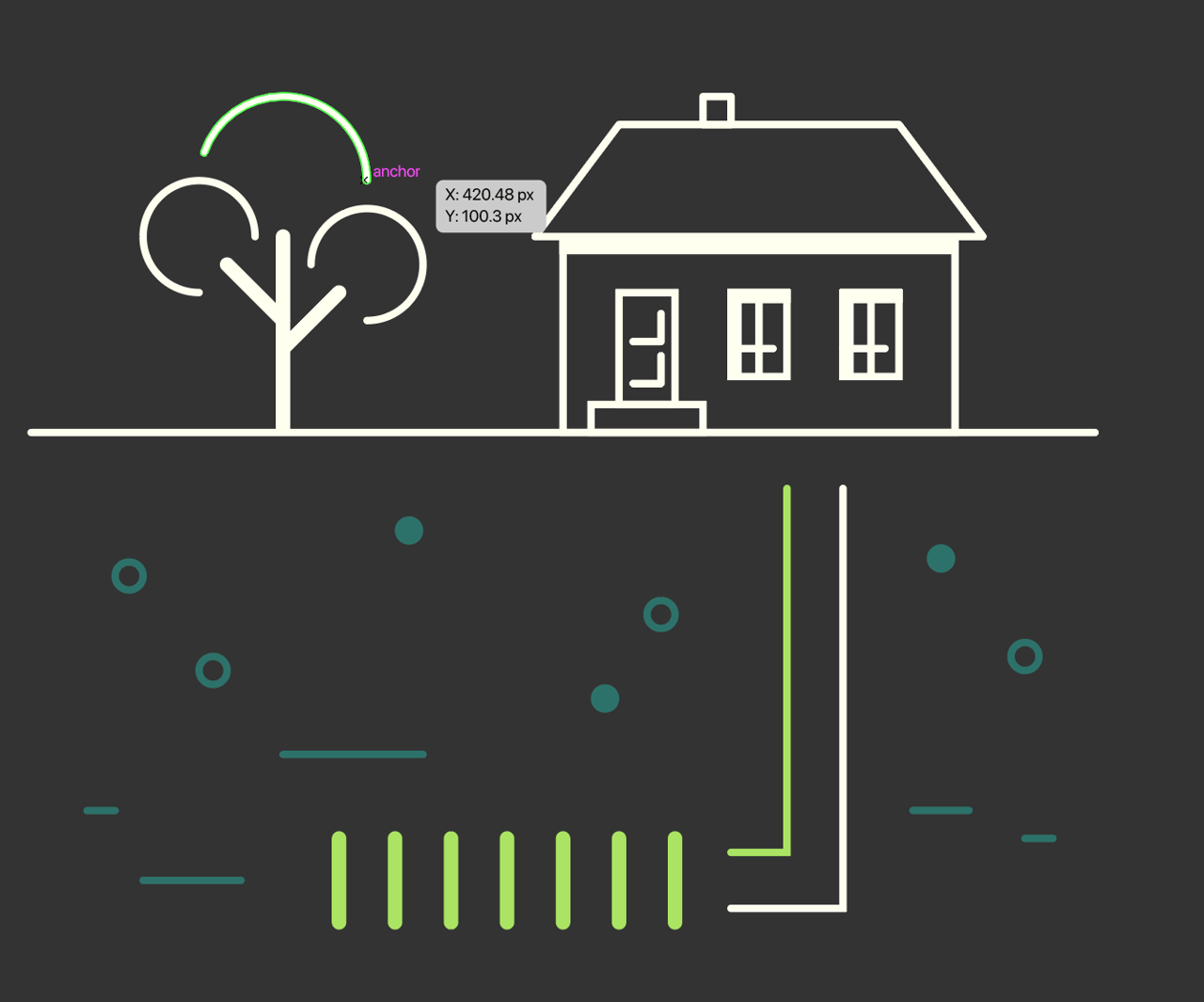


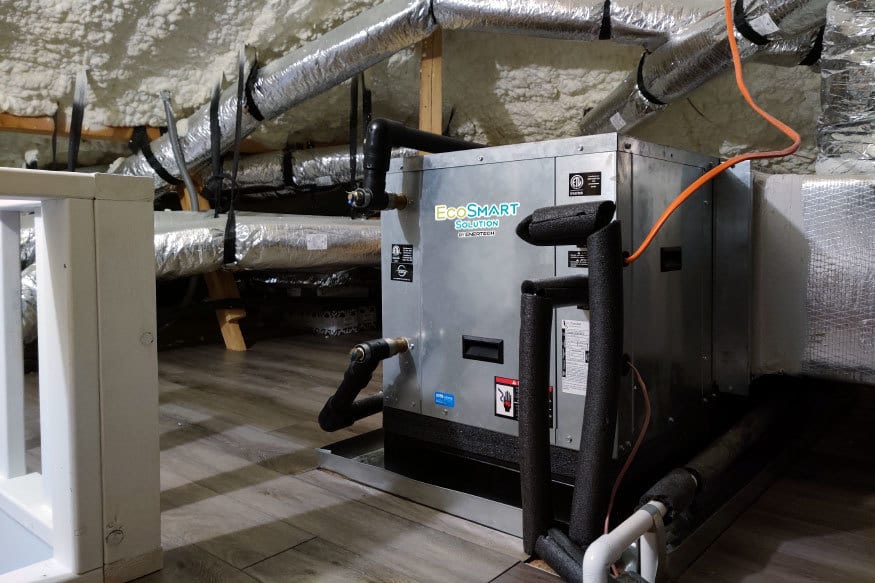
Many of the geothermal heat pumps used in the Whisper Valley development are manufactured by Enertech Global.
For these residential developments, geothermal has met and exceeded performance expectations. In February 2021, when a Texas snowstorm left millions across the state without power and heat during freezing temperatures, residents at Whisper Valley felt minimal impact. After an initial loss of power, Bluebonnet Electric restored power to Whisper Valley homeowners and continued providing it during ongoing freezing temperatures and a second snowstorm. EcoSmart Solution, green-energy services provider for Whisper Valley, credits its GeoGrid (EcoSmart’s hybrid ground loop system) and each home’s geothermal heat pump for keeping homeowners comfortable while still using low energy in the worst of outdoor conditions.
David Currie, community relations manager for EcoSmart Solution, adds: “Because of our remote monitoring systems, EcoSmart Solution team members outside of Texas were able to have overwatch with the GeoGrid when the local team couldn’t. The GeoGrid performed magnificently, resilient from the cold due to being under the ground, and provided warm temperatures over 50° F to homes that were facing 10° F or lower surface temperatures. Being able to see that brought a great deal of comfort to both our team and our homeowners.”
Further, with a HERS rating of 25 or less, Whisper Valley homeowners enjoy an average of $1,250 per year or more in utility savings, depending on personal energy behaviors. Not only does geothermal lessen the burden on the energy grid, but it also saves homeowners money year after year.
A common misconception exists that geothermal brings too much overhead to maintain profitability for developers. That’s where community-wide ground loop fields are gaining popularity. With this concept comes companies that essentially act as utility providers. Orca Energy, a U.S. geothermal ground loop utility provider, handles the related system design, drilling, pipes, loops, valves and fittings for connection. Like any other utility, it obtains a right-of-way on each property to provide and access the ground loop field for each home. Orca covers the cost of the underground infrastructure, so there’s no additional cost associated with geothermal for developers and builders. Homeowners enter into an agreement with Orca, paying a small connection fee each month to access the community-wide ground loop field.
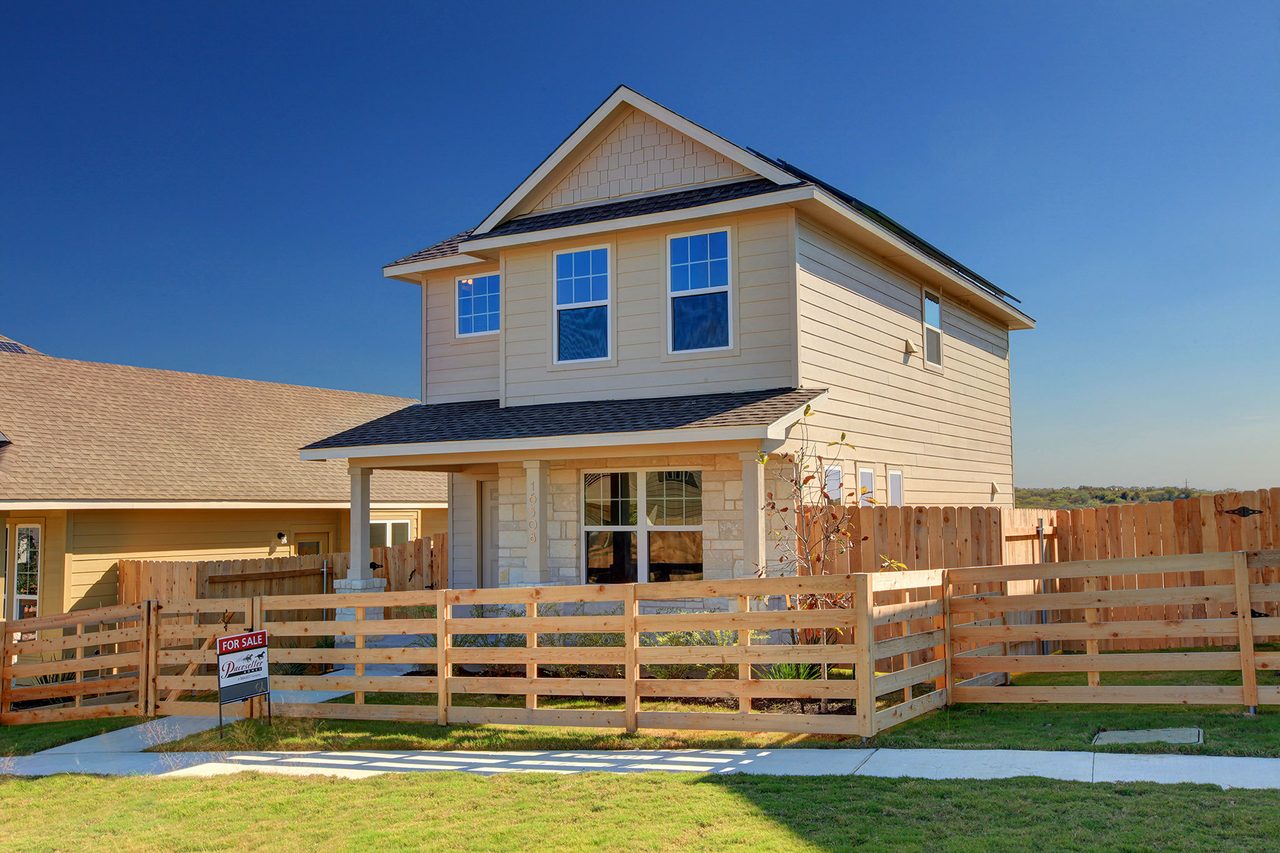
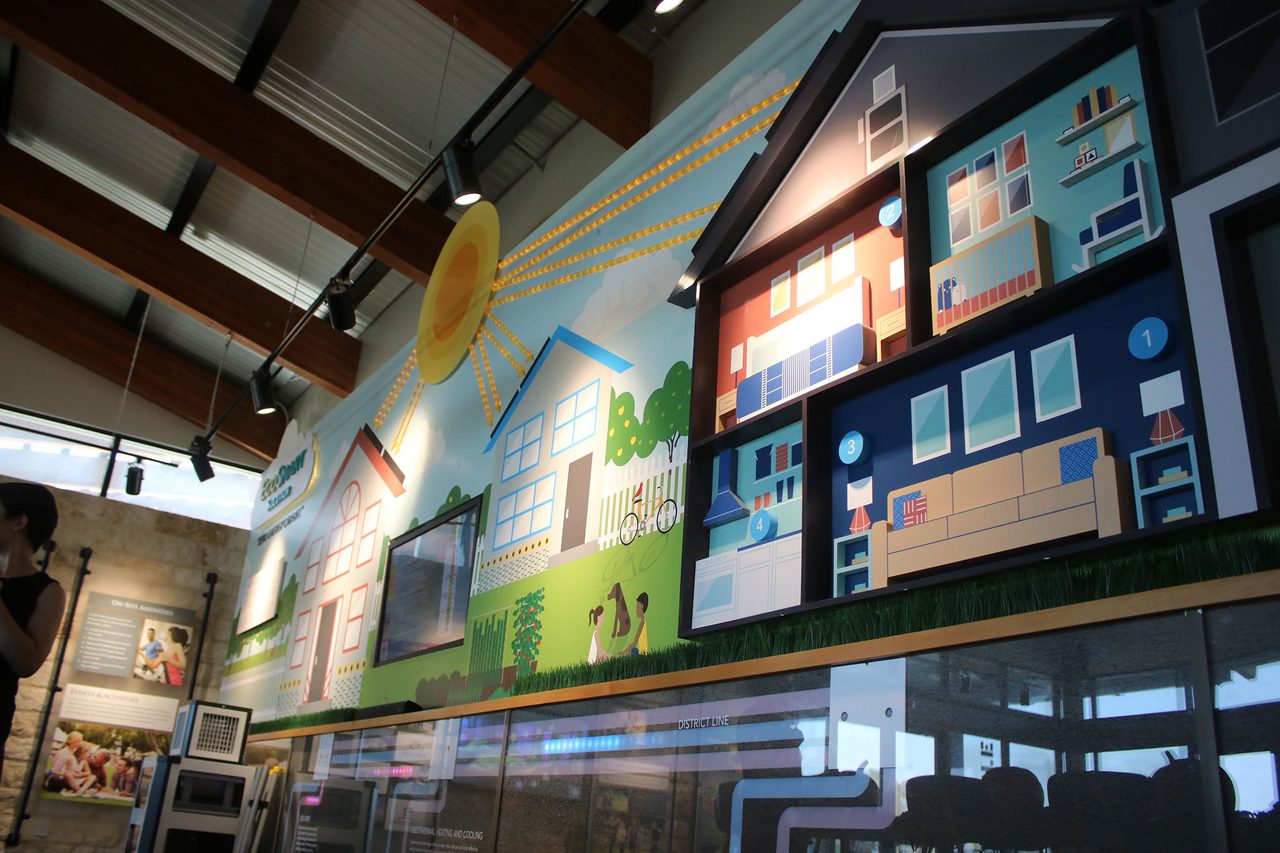
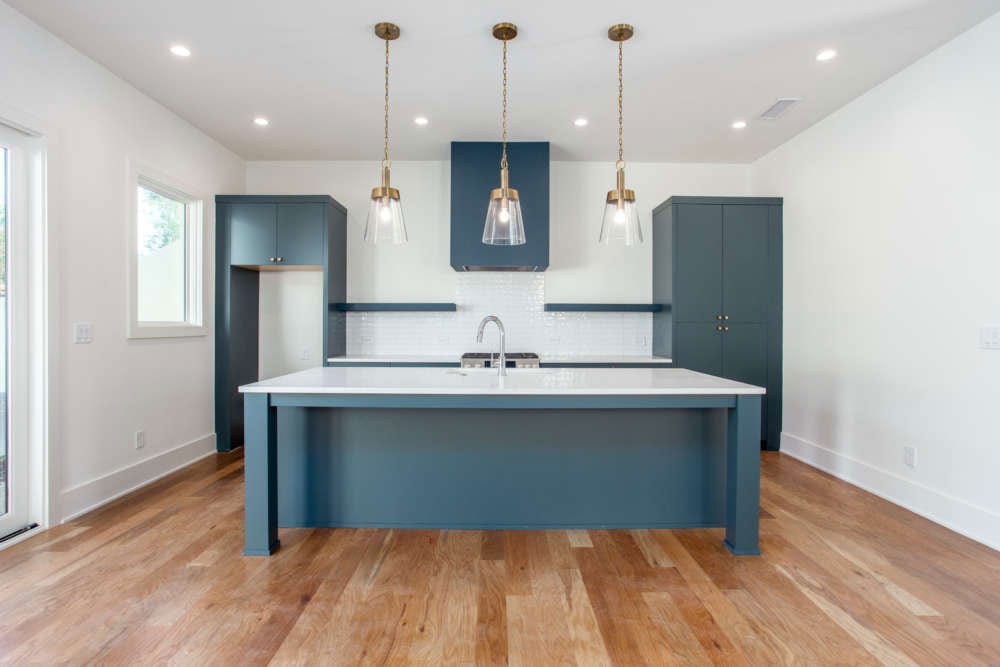
While their vision and community perks may differ, each of the developments mentioned previously offer people a home where they have a true sense of community, experience walkability, lower their environmental impact and benefit from cost savings on utility bills. Geothermal truly checks all the boxes for these communities. It’s low maintenance, offers enhanced home comfort, has no exposed outdoor equipment — the list goes on. At a time when energy prices are volatile, each homeowner in these developments can rest easy knowing they won’t be significantly impacted as it relates to keeping their home comfortable year-round.
Local plumbing and HVAC contractors and distributors benefit from these communities, as well. Plumbing and HVAC contractors in the area become partners for the geothermal provider, entering into installation and ongoing service/maintenance agreements. In Orca Energy’s case, they’ll even provide training for installing partners if they’re concerned about a lack of experience with geothermal technology. This way, contractors can expand their teams’ skillset and expertise. Distributors like Supplied Energy, a geothermal equipment provider for many of the residential developments in Georgia, have a unique opportunity to move product at volum but also work with other relevant stakeholders to further partnerships. It’s a win-win for all involved.
With companies like EcoSmart Solutions and Orca Energy, there are creative yet simple ways for developers to include geothermal in their next project. Don’t hesitate to think outside the box (or outside the unit, in our case) and suggest or include geothermal for an upcoming development.

Photos courtesy of Enertech Global. Geothermal vector by Shai-Halud/iStock / Getty Images Plus via Getty Images
Tim Wright is the chief strategy officer at Enertech Global. He oversees the company’s customer solutions, commercial, and residential sales departments. He began his career in the geothermal industry in 1988, selling geothermal to home owners and builders. He serves on the board of directors for IGSHPA, the California Geothermal Heat Pump Association, and the Virginia Geothermal Heat Pump Association. Wright enjoys taking walks with his wife and being an active member at his church.
